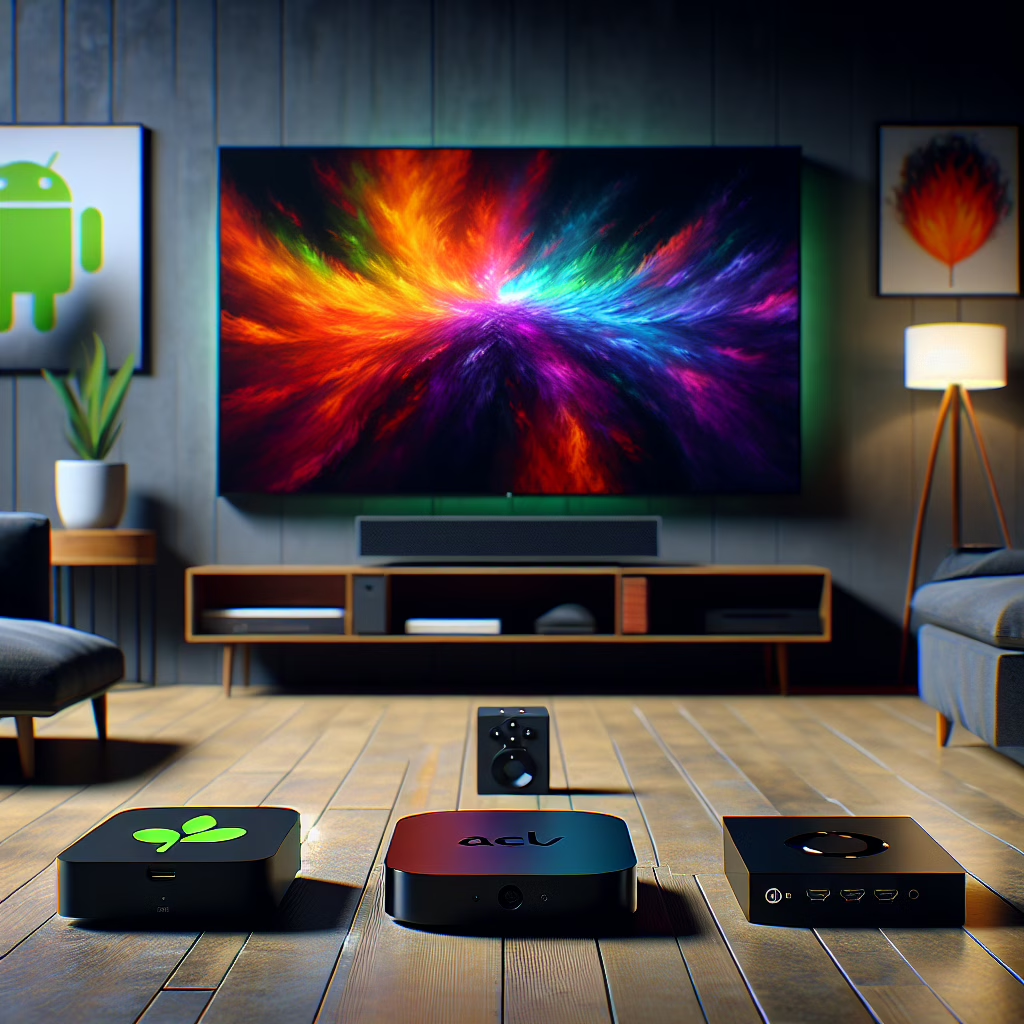In the ever-evolving world of television technology, we find ourselves on the brink of yet another revolutionary change with the arrival of a new ATSC 3.0 adapter. If you’re an avid viewer and happen to own an Android or Fire TV, you might be doing a little happy dance right now! However, let’s pump the brakes and address the elephant in the room: why can’t we use this shiny new gadget on our beloved LG OLED TVs? Let’s dive into this conundrum, shall we?
The Exciting World of ATSC 3.0
First off, what is this magical device called the ATSC 3.0 adapter? Think of it as a ticket to high-definition nirvana! This adapter is set to unlock a treasure trove of benefits like better picture quality, enhanced audio, and even more interactive features for your viewing pleasure. In 2025, who wouldn’t want to binge-watch their favorite shows in stunning clarity?
With the arrival of such innovative technology, our viewing experience could become as rich as a gourmet chocolate cake (and who doesn’t love cake?). The promise of ATSC 3.0 is that it will provide us with not just better broadcasts but also features that allow us to interact seamlessly with the content. Picture this: you’re watching a thrilling game of football, and you can choose different camera angles or access real-time stats with just a flick of your remote!
But Wait—What About LG OLED TVs?
Now, let’s address the big question: why can’t we use this nifty ATSC 3.0 adapter on LG OLED TVs? Well, it seems that while some manufacturers are jumping on the ATSC bandwagon faster than you can say “buffering,” others are stuck in traffic. It’s like being at a party where only some people got an invite! This unfortunate oversight leaves many LG OLED users feeling like they’re missing out on all the fun.
Imagine investing in one of the top-tier LG OLED televisions—those sleek designs and jaw-dropping colors should come with a complimentary joyride through all the latest tech advances! But alas, some tech decisions resemble a game of musical chairs, where not everyone gets to sit down comfortably.
The Bright Side: Alternatives Galore!
But fear not! All hope is not lost for those who cherish their LG OLEDs. The world of technology is vast and full of alternatives. While you might not be able to use the ATSC 3.0 adapter, there are other options available that can enhance your TV experience. Streaming services continue to expand their offerings, and dedicated streaming devices like Roku or Apple TV provide plenty of content without requiring any awkward adapters.
- Consider smart speakers that integrate with your existing setup.
- Look into streaming boxes that offer upgraded features.
- Explore options for external tuners that may work with your TV.
You could even consider upgrading your television set if you’re feeling particularly adventurous! Many brands are jumping into the fray with models that support ATSC 3.0 out-of-the-box. It’s like choosing between staying loyal to your old flip phone or embracing the smartphone revolution—sometimes change is necessary!
The Future is Bright (and High-Def)
If there’s one thing we can learn from this situation, it’s that technology marches forward relentlessly. The introduction of products like the ATSC 3.0 adapter signifies exciting times ahead for viewers everywhere—regardless of their brand loyalty! We’re standing at the precipice of enhanced viewing experiences that promise to elevate how we consume media.
So go ahead; embrace your Android and Fire TVs! Revel in their upcoming capabilities and cheer them on as they adopt new technologies. Meanwhile, let’s raise a glass (or remote control) to those brave souls still holding onto their LG OLEDs—may they soon enjoy similar advancements!
In conclusion, whether you’re upgrading your TV or sticking with your trusty model, remember: every screen has its own story to tell—and who knows what incredible innovations are just around the corner? We would love to hear your thoughts on this topic! Do you think LG should jump aboard the ATSC train? Share your opinions in the comments below!
A special thanks to TechRadar for providing insight into this topic! Check out their original article here.

